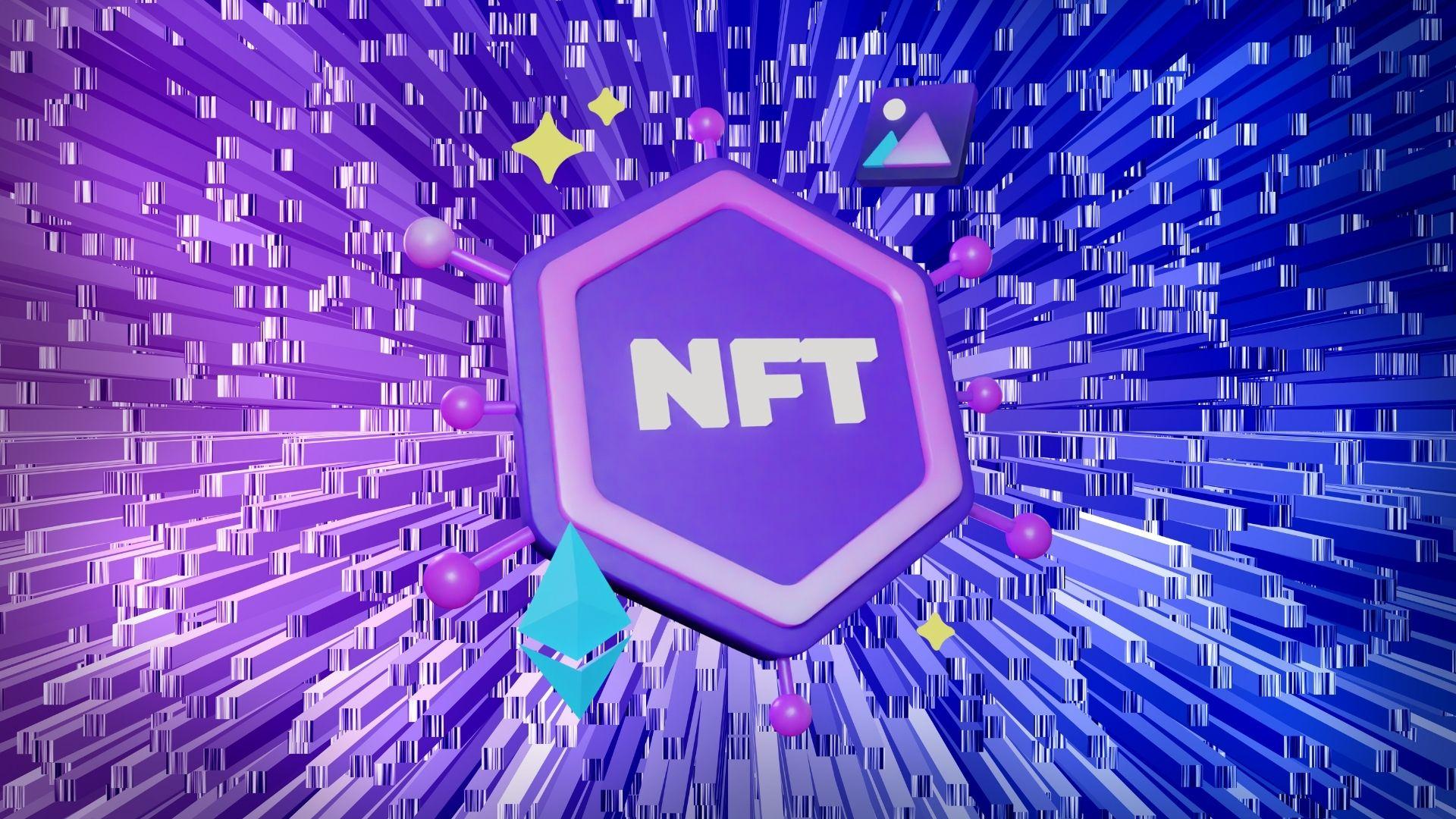

As blockchain technology continues to evolve, NFTs (non-fungible tokens) are expanding far beyond the realm of digital art and collectibles. Their application in representing financial assets is becoming a focal point of interdisciplinary research. Stock NFTization—the process of mapping and managing stock ownership and related rights through NFTs—is increasingly seen as a foundational experiment in reimagining asset infrastructure. At its core, this concept challenges conventional securities registration systems and explores the future shape of asset representation within the architecture of digital finance.
The technical realization of stock NFTs relies on the verifiability and immutability of blockchain. Each NFT acts not only as a unique marker of equity ownership but also as a programmable unit embedded with rights such as voting power, dividends, and transfer restrictions. These are enforceable via smart contracts, enabling automated shareholder interactions. This framework moves beyond the traditional "trusted intermediary" model of securities, creating a chain-native process for "verification–transfer–governance" that is transparent, programmable, and cross-platform compatible. It introduces new possibilities for building a disintermediated securities market infrastructure.
The core challenge of stock NFTization is not technological but legal and regulatory. In most jurisdictions, equity issuance is tightly regulated under securities laws. Once an NFT represents real shareholder rights, it may be legally classified as an unregistered security. Current implementations often use alternative labels like “governance token” or “access rights” to circumvent regulatory constraints—but these approaches offer little actual legal protection. Key future research questions include: Should NFTs be considered securities? Can their ownership be enforced in court? How do on-chain shareholder rights interface with off-chain corporate governance?
From an institutional economics perspective, stock NFTization could structurally reshape capital markets. On the one hand, it lowers fundraising barriers by enabling small and medium-sized enterprises to raise capital through fractionalized equity. On the other hand, it may shift investor behavior from rational financial calculus to community identity and engagement. NFTs’ visual and interactive properties foster emotional attachment between investors and projects, disrupting the traditional "anonymous shareholder–cold asset" relationship. This shift introduces novel challenges for capital formation, asset valuation models, and financial stability, warranting further exploration.
Stock NFTization is a cross-disciplinary, high-uncertainty, and yet-to-be-defined area of inquiry. Technically, it intersects with blockchain protocol design and smart contract logic; institutionally, it involves securities law and financial regulation; economically, it touches on financing mechanisms, behavioral finance, and market design. For stock NFTs to evolve into a legitimate part of the financial system, coordinated standardization is essential—covering unified NFT equity interfaces, compliant issuance models, and secure custodial mechanisms. Future research directions may include modeling the legal validity of on-chain shareholder meetings, identifying systemic risks in NFT equity markets, and designing cross-chain equity transfer trust frameworks.